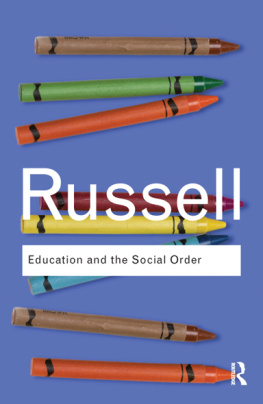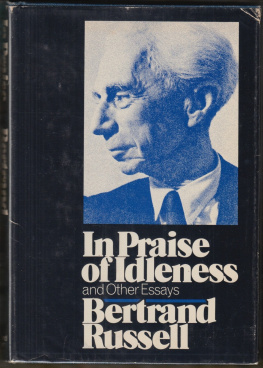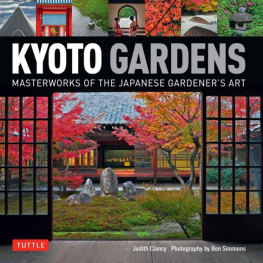Russell Page
THE EDUCATION OF
A GARDENER
With a Foreword and Captions to
the Illustrations by Fred Whitsey
and Photographs by Russell Page and Marina Schinz

This eBook is copyright material and must not be copied, reproduced, transferred, distributed, leased, licensed or publicly performed or used in any way except as specifically permitted in writing by the publishers, as allowed under the terms and conditions under which it was purchased or as strictly permitted by applicable copyright law. Any unauthorised distribution or use of this text may be a direct infringement of the authors and publishers rights and those responsible may be liable in law accordingly.
Version 1.0
Epub ISBN 9781407092041
www.randomhouse.co.uk
First published in 1962 by William Collins Sons & Co. Ltd
Reprinted with a new preface in 1983
Published in paperback in Great Britain in 1994 by Harvill
5 7 9 8 6 4
Copyright the executors of the Estate of Russell Page, 1994
Foreword and captions to the photographs copyright Fred Whitsey, 1994
All photographs are copyright the Estate of Russell Page, Marina Schinz and others as indicated in the List of Illustrations
This book is sold subject to the condition that it shall not, by way of trade or otherwise, be lent, resold, hired out, or otherwise circulated without the publishers prior consent in any form of binding or cover other than that in which it is published and without a similar condition including this condition being imposed on the subsequent purchaser
This edition first published in Great Britain in 1995 by The Harvill Press Random House, 20 Vauxhall Bridge Road, London SW1V 2SA
Random House Australia (Pty) Limited 20 Alfred Street, Milsons Point, Sydney, New South Wales 2061, Australia
Random House New Zealand Limited 18 Poland Road, Glenfield, Auckland 10, New Zealand
Random House South Africa (Pty) Limited Endulini, 5A Jubilee Road, Parktown 2193, South Africa
The Random House Group Limited Reg. No. 954009 www.randomhouse.co.uk/harvill
A CIP catalogue record for this book is available from the British Library
ISBN 1 86046 042 9
Papers used by Random House UK Limited are natural, recyclable products made from wood grown in sustainable forests. The manufacturing processes conform to the environmental regulations of the country of origin
Printed and bound in Great Britain by Biddles Ltd, Guildford and Kings Lynn
To my father and my mother
Contents
THE EDUCATION OF A GARDENER
RUSSELL PAGE became a professional garden designer in 1928 after studying painting at the Slade School, University of London, and in Paris. He designed a great variety of gardens in Europe, the Middle East, North and South America, ranging from small cottage and town gardens to elaborate layouts including the Battersea Festival Gardens in 1952. He was one of only three Englishmen to have received a medal from the French Academy of Architecture. Russell Page died in January 1985. After his death The Times wrote, In a world in which the gifted amateur is no longer the guiding light in the design of gardens, and in which highly qualified professionals prevail, Russell Page stood out as one of those great originals, for which England has been famous.
List of Illustrations
SECTION I (between pp 20 and 21)
SECTION II (between pp 84 and 85)
SECTION III (between pp 148 and 149)
SECTION IV (between pp 212 and 213)
SECTION V (between pp 276 and 277)
SECTION VI (between pp 340 and 341)
Photographs marked are by Marina Schinz and Marina Schinz. The photograph marked is by Sydney Newbery, courtesy of Denis Wood, that marked * is Mcon and the one marked ** is Boucher. All other photographs are by Russell Page, the Executors of the Estate of Russell Page.
Foreword to the 1994 Edition
Asked in the radio programme Desert Island Discs which book, apart from Shakespeare and the Bible, he would wish to take into isolation with him, the composer Sir William Walton replied unhesitatingly Russell Pages Education of a Gardener. From the days of his youth when he had lived with the Sitwells, Walton had spent his life among writers and artists. A repository of genius himself, he was closely familiar with genius in others. He recognised it in Russell Page. But with the modesty reflected in the title of his single book, Page always gave his occupation as gardener.
He loved handling plants and he drew them constantly throughout his life. To him, plants of all kinds, from giant trees to lowly alpines, were more than the medium in which he worked. Plants and the environment natural to them were the unquenched springs of an inspiration to which he must minister, accommodate, even reverence. I know this from the long and excited conversations we had about plants and gardens in the London flat he chose because the windows overlooked a view dominated by two winter-flowering cherry trees, and from the talk we had as we tramped around gardens. On such expeditions he was the most enriching of companions. His eye for a plant and its setting was acute, his visual memory of plants and gardens he had seen, sometimes only fleetingly, was vivid and his recall instant.
Long before he had begun to train as a painter Page had learned what he regarded as the elements of his trade from a head gardener working near his childhood home. Those days were never far from his memory. I recall that when he again met Mr Johnson, as he always respectfully called him, after a lapse of many years, his delight was as great as at his first meeting with the great Brazilian artist with plants, Roberto Burle Marx, at Kew Gardens when both were in their seventies and each a celebrity of world renown.
Throughout his long career, whenever one of his gardens was being planted, he insisted on putting each plant in its specified position with his own hands whenever possible. Russell Pages preoccupation with the individual characters of plants and the techniques of gardening seem a long way from the expansive landscapes he created in the classical Ile de France tradition. Some who have attempted to assess his work have taken this as his characteristic style. The truth is rather that it was simply one deriving from the landscape where he was required to work in his earlier days. As his practice and reputation grew and he received calls from further afield he drew on the local traditions and natural environment wherever he worked. Thus it is not so easy to identify Russell Pages signature on his gardens as it is on a painting perhaps by Czanne or Seurat, or a work composition by, say, Stravinsky or Walton himself.
Indeed, the garden he created for the Waltons some years after this book was first published, but illustrated in this new edition shows the range of his versatility and, set beside the other illustrations, the confident mastery of his hand. At La Mortella he found a site that was a ravine created by some giant cataclysm in pre-history. He set himself to capitalise on its bizarre features, the rock-strewn hillsides, the crude irregularity of the terrain, the depth of fertile soil flung there by the eruption. Later, when water had at last been brought to the island of Ischia from the mainland, he exploited in his design the need to cherish this element in the way he had seen it conserved and channelled in dry gardens in the Middle East and Spain.

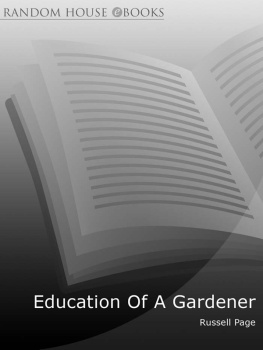

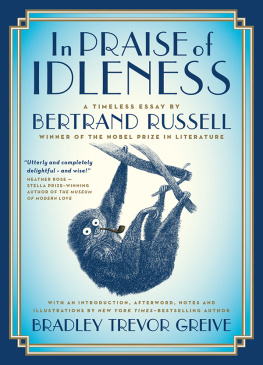
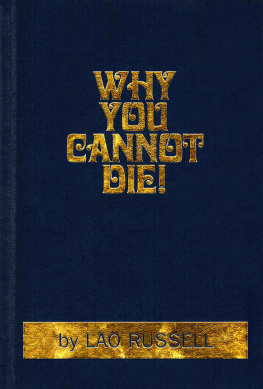
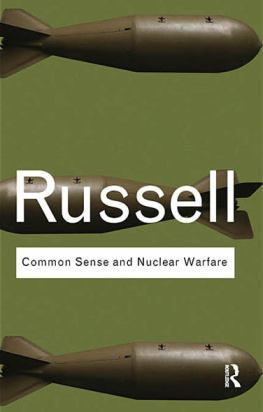

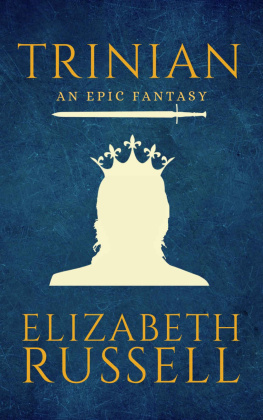
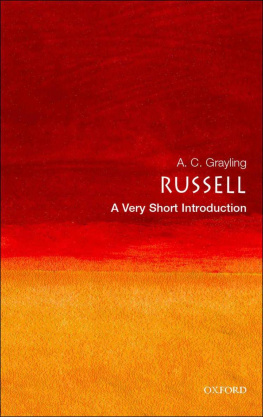
![Russell - On education [recurso electrónico]](/uploads/posts/book/137691/thumbs/russell-on-education-recurso-electro-nico.jpg)
